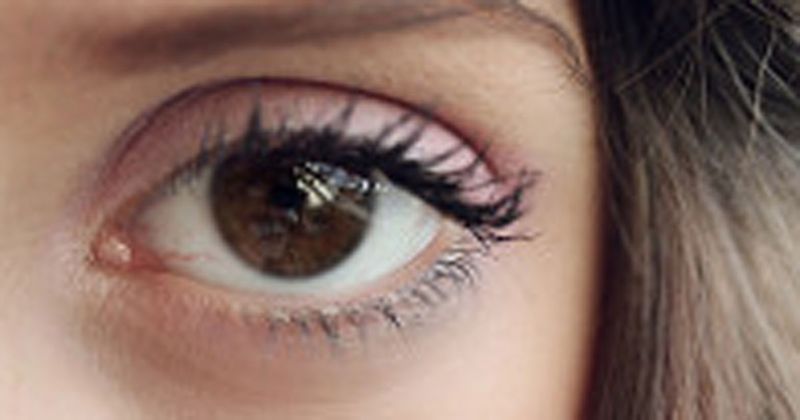Light stimulation may help delay AD progression, more research needed in older adults
SAN DIEGO — Light exposure and stimulation of the locus coeruleus may be a promising way to delay Alzheimer’s disease progression, according to a presenter at the Alzheimer’s Association International Conference.
“With light stimulation we try to target the locus coeruleus (LC), which has huge implications in earlier stages of Alzheimer’s disease,” Elise Beckers, of Limburg Alzheimer’s Centre at Maastricht University in the Netherlands, said during her poster presentation. “We also know the pupil is somehow linked to LC activity and that would be an easy readout, since the pupil is more easily accessible compared to the brain.”

Understanding the role of LC structure and function in the earliest stages of AD neuropathology and that light exposure may be a promising way to delay disease progression, Beckers and colleagues sought to characterize pupil responses to light during fMRI and determine its quality in assessing non-image forming effects of light.
Researchers continuously recorded pupil diameter in 16 healthy participants (11 women), aged 16 to 30 years, with an infrared eye-tracking device while they were given a 15-minute auditory oddball task in a 7T fMRI scanner. Participants were concurrently exposed to pseudo-randomly alternating 30- to 40-second blocks of polychromatic blue (4,000 K, 200 µW/cm2) and monochromatic orange (589 nm, 6 x 1,013 photons/cm2/s) lights.
Beckers and colleagues calculated pupil response as the average pupil size during the entire block of light, and used mixed-model analysis to determine the effects of light condition on pupil response, with participants as random intercept and controlling for age, sex and BMI.
Results showed that blue light was associated with a significantly smaller pupil diameter compared with orange light (main effect of light condition: F(2,270) = 571.22). The effect of the light condition on pupil size did not significantly change over the 15-minute protocol (light condition x block repetition interaction: F(12,240) = 1.21), suggesting that time-in-protocol and previous light blocks did not affect pupil constriction.
“With light stimulation, we could modulate LC activity ... and that will be an easy technique, easily accessible and easily handleable for AD patients in the future,” Beckers said.

